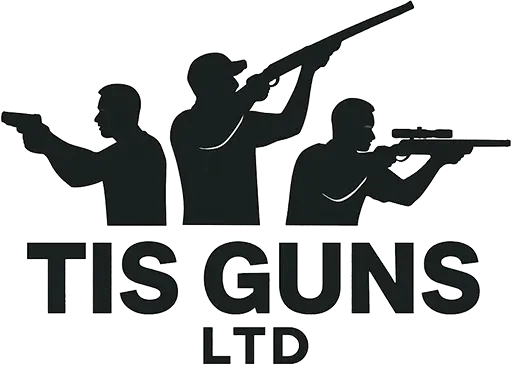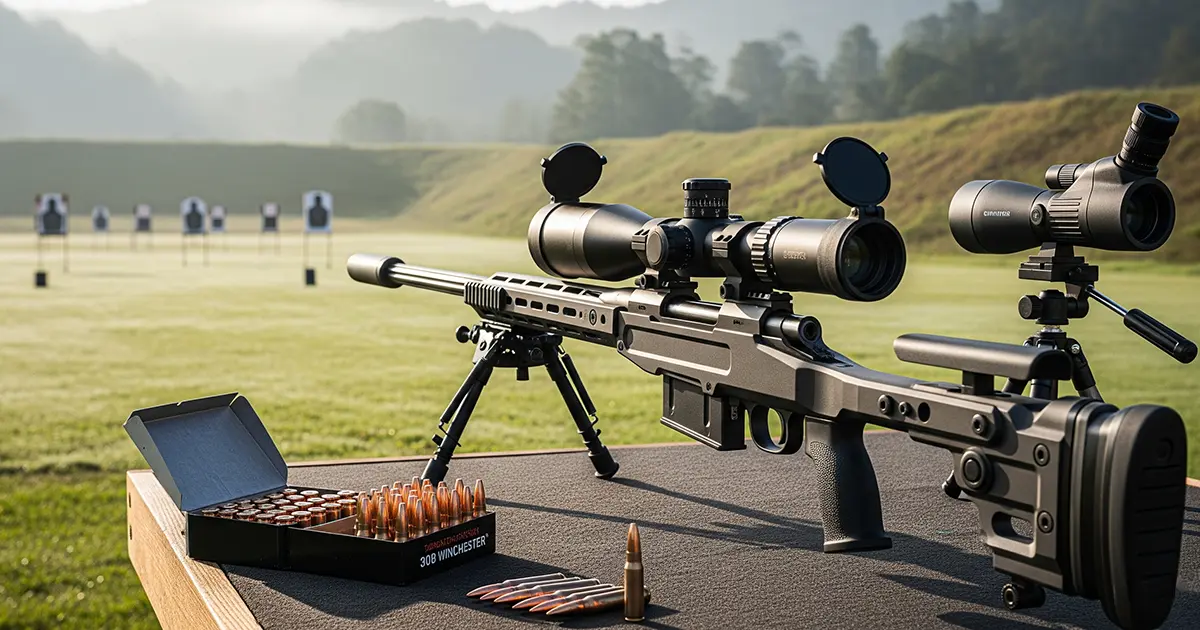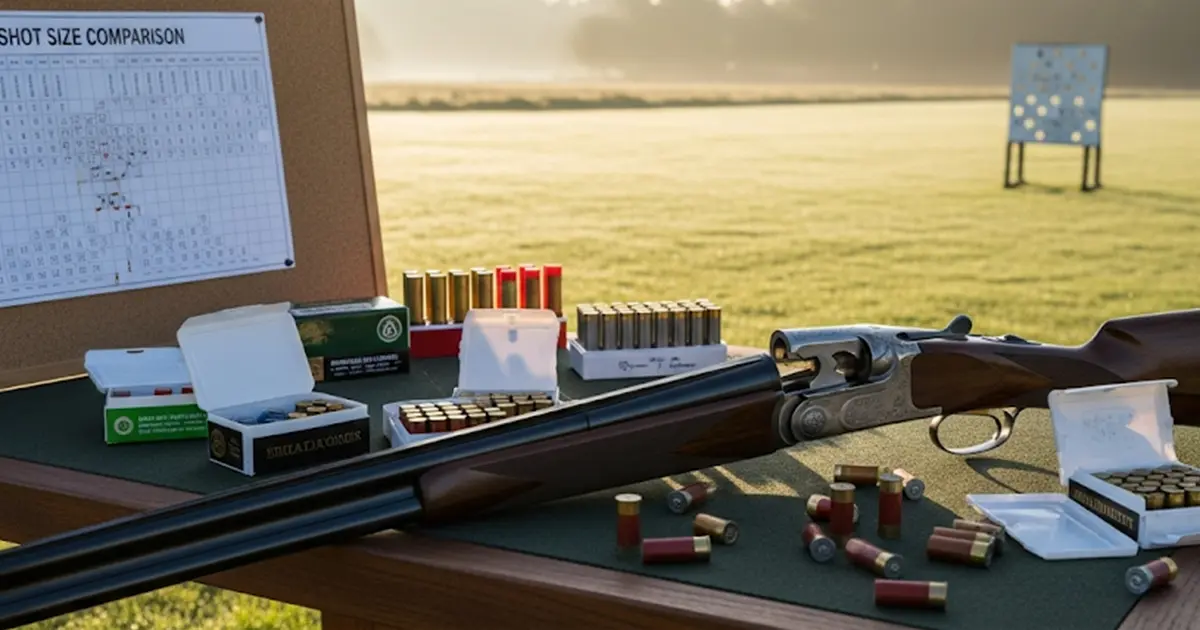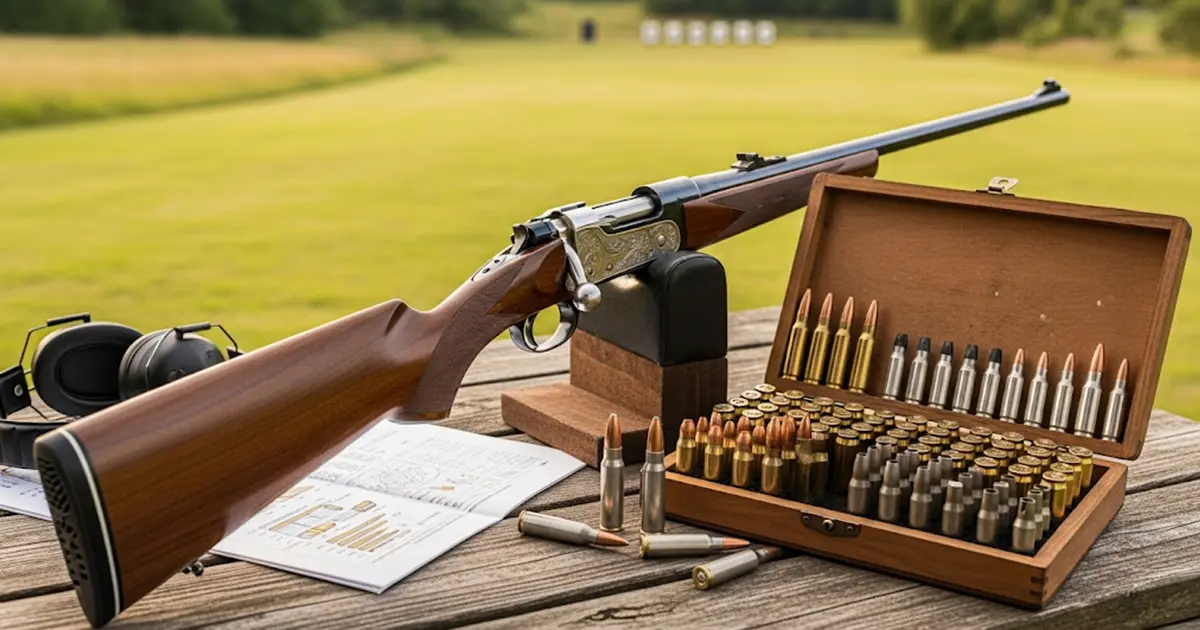Long-range shooting rewards the meticulous shooter. Every decision, from your choice of rifle to the smallest adjustment in your scope, plays a part in whether the shot lands where it should. One of the most influential yet often misunderstood factors is bullet selection. Weight, design and ballistic coefficient all shape how your round performs once it leaves the barrel, especially at extended distances.
Weight, Design and Ballistic Coefficient Explained
This guide draws on expert insight, practical experience and real-world testing to help you make informed decisions. Whether you are fine-tuning a competition rifle or preparing for stalking in open ground, the principles remain the same.
Why Bullet Weight Matters
Bullet weight, measured in grains, influences velocity, stability and energy retention. A lighter bullet may start fast but can lose speed quickly, making it more vulnerable to wind drift. A heavier bullet typically flies more steadily, holds velocity for longer and delivers more consistent performance at long distances.
David Bellamy, Managing Director at The Instinctive Shooter, puts it simply:
“If you are shooting at extended ranges, heavier bullets with higher ballistic coefficients tend to carry their accuracy further. Lighter bullets have their place, but they are not always the best choice when the target is several hundred yards away.”
Example: In .308 Winchester, a 150-grain bullet may start at over 2,800 fps, while a 175-grain match bullet might leave the muzzle slower. Yet at 800 yards, the heavier bullet often drifts less in the wind and hits with greater retained energy.
The Role of Ballistic Coefficient (BC)
The ballistic coefficient is a measure of a bullet’s ability to overcome air resistance. A higher BC means the bullet is more aerodynamic, retaining speed and energy better over distance. This translates into a flatter trajectory and less wind drift.
However, BC is not a magic number. Manufacturers sometimes quote optimistic figures, so it pays to verify performance through your own shooting. Testing your chosen load at known distances and recording actual drop and drift will give you a “true” BC for your setup.
Practical Tip: Use a chronograph and a ballistic app to compare predicted versus actual performance. Adjust the BC in your data until it matches what you see on the range.
Bullet Design and Its Impact
The shape and construction of a bullet are just as important as weight and BC.
- Full Metal Jacket (FMJ): Durable, consistent and ideal for target shooting, but offers limited expansion on impact, making it unsuitable for most hunting situations.
- Soft Point (SP): Expands on impact, delivering effective terminal performance for game, but generally has a lower BC than match bullets.
- Hollow Point Boat Tail (HPBT): Common in match ammunition, combines excellent aerodynamics with consistent manufacturing for precision work.
- Monolithic Copper Bullets: Lead-free and deep-penetrating, ideal for hunters in areas with restrictions on lead ammunition, though expansion can be reduced at lower velocities.
Example: For long-range target shooting with a .260 Remington, a 140-grain HPBT with a high BC may be the optimal choice. For deer stalking at 300 yards, a bonded soft point may offer better terminal performance.
Quality and Consistency in Ammunition
Even the most aerodynamic bullet cannot perform well if the ammunition is inconsistent. Small variations in powder charge, bullet seating depth or case dimensions can cause noticeable changes in point of impact at long range.
At The Instinctive Shooter, we recommend either using high-quality match-grade factory ammunition or, for reloaders, investing the time to develop a consistent load. This includes weighing powder charges accurately, checking case lengths and inspecting each round before use.
Pro Insight: “If you are reloading for long-range work, treat every round as if it is the only one you will fire that day. Consistency is the currency of accuracy,” says David Bellamy.
When BC Matters Most
BC shines when shooting beyond 500 yards or in windy conditions. At shorter ranges, other factors like shooter skill, trigger control and shot placement often outweigh the small trajectory advantages of a higher BC.
Real-World Scenario: On a calm day at 300 yards, two bullets of similar weight but different BCs may hit almost identically. Introduce a steady crosswind at 800 yards and the higher BC bullet can drift several inches less, which can be the difference between a hit and a miss.
Practical Steps for Choosing the Right Bullet
- Define Your Purpose: Are you shooting paper targets at 1,000 yards, or stalking deer across open hills?
- Select Weight for Stability: Favour heavier bullets for long-range work, but ensure your rifle twist rate can stabilise them.
- Match Design to Task: Choose FMJ or HPBT for precision targets, SP or bonded bullets for hunting.
- Check BC in Practice: Test and adjust your ballistic data to reflect real-world results.
- Prioritise Consistency: Use quality ammunition and check every round for uniformity.
Bringing It All Together
Bullet selection for long-range shooting is part science, part practical experience. The right combination of weight, design and BC will vary depending on your rifle, the conditions and your intended target. By understanding these factors and validating them through testing, you will gain the confidence to take on challenging shots with precision.
At The Instinctive Shooter, we stock a wide range of match-grade and hunting ammunition, offer reloading components for those seeking ultimate control, and provide expert advice to help you get the most from your rifle. Whether you are chasing tight groups on the range or ethical kills in the field, we are here to help you make every shot count.
Straight-Shooting Answers on Bullet Selection
What Bullet Weight Is Best For Long-Range Shooting?
Heavier bullets with higher ballistic coefficients usually perform better at distance because they resist wind drift and retain velocity. However, your rifle’s twist rate must be able to stabilise the heavier projectile for best results.
Does A Higher Ballistic Coefficient Always Mean Better Accuracy?
A high BC helps with stability, wind resistance and trajectory at longer ranges, but it is not the only factor in accuracy. Ammunition consistency, rifle setup and shooter skill also play critical roles.
Can I Use The Same Bullet Design For Both Target Shooting And Hunting?
It is possible, but not ideal. Match bullets are built for precision on paper, while hunting bullets are designed to expand and deliver ethical terminal performance on game.
How Do I Know If My Rifle Can Stabilise A Heavier Bullet?
Check your rifle’s twist rate, which is usually stamped on the barrel or listed in the manufacturer’s specifications. Use a twist rate calculator to see the ideal bullet length and weight your barrel can stabilise effectively.
Is Factory Ammunition Accurate Enough For Long-Range Shooting?
Many high-quality factory loads are capable of excellent long-range accuracy. Match-grade factory ammunition can deliver consistent results, though dedicated reloaders often fine-tune loads for even greater precision.
Why Is My Bullet Drop Different From The Figures On The Box?
Factory ballistics data is often calculated in controlled conditions that may not match your environment. Altitude, temperature, humidity and real-world BC can all cause differences, so field testing is essential.
Are Hollow Point Bullets Better Than Soft Points For Long-Range?
Hollow point match bullets often have better aerodynamics and consistency for targets. Soft points expand more reliably on game, so they are better suited for hunting applications.




